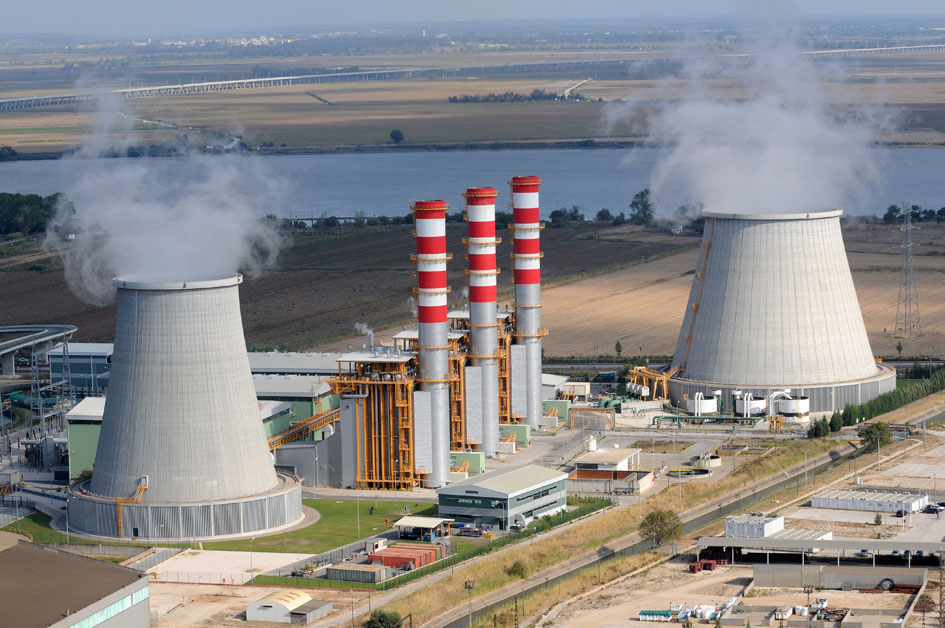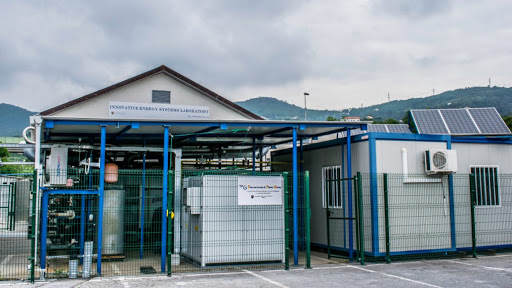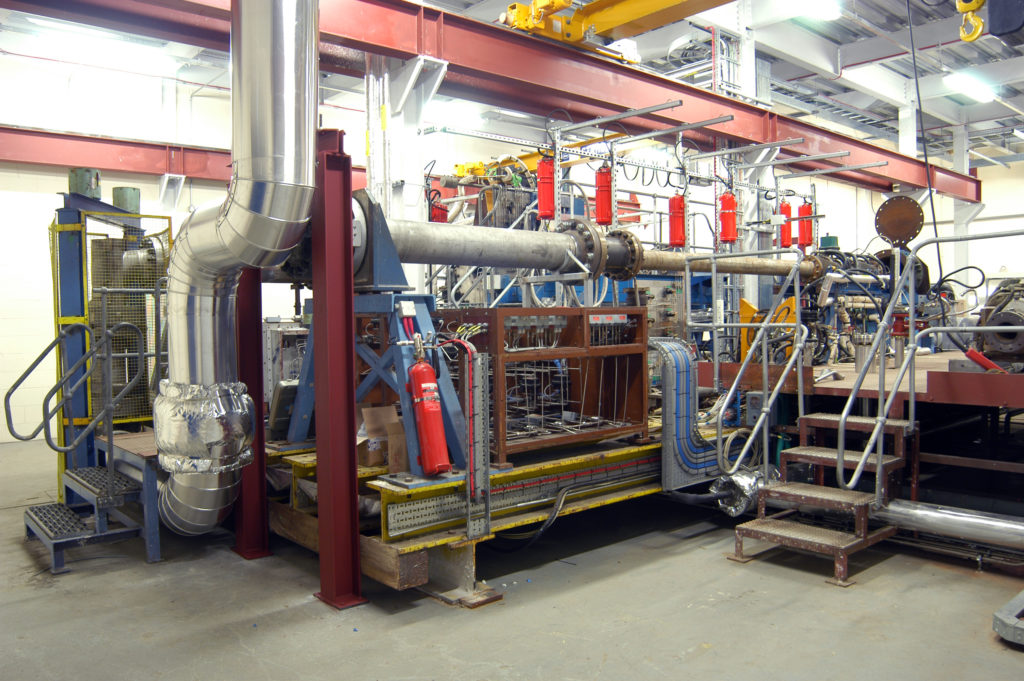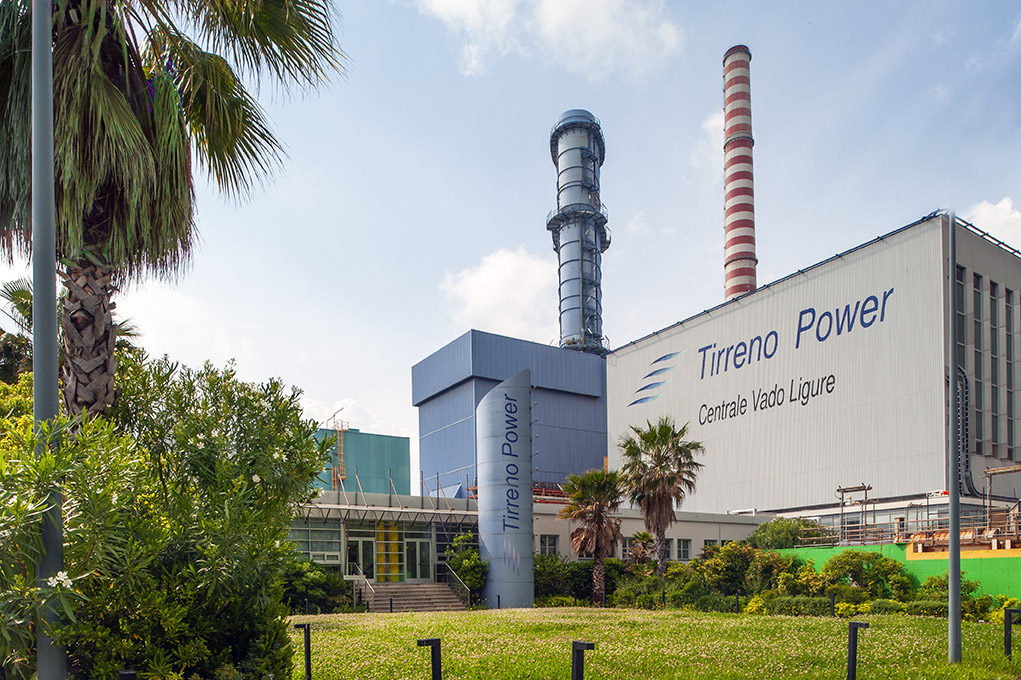Power to Hydrogen to Power Demosite
Ribatejo Power Plant (owned and operated by EDP Gestão da Produção de Energia) is a gas turbine combined cycle power plant located on the right bank of the Tejo River (Tagus), about 30 km northeast of Lisbon, in Vala do Carregado. With a total installed capacity of 1.176 MWe (net), the plant comprises three similar and independent units (Siemens V94.3A), each one generating 392 MWe (net) fuelled by natural gas. The steam generated by recovering the heat from the gas turbine exhaust gases drives a condensation steam turbine, which is coupled to a common generator. The cooling circuit of the unit condenser is closed, with an evaporative cooling tower; the water to compensate the losses by evaporation is taken from the Tejo River. The electrolyser and the whole hydrogen supply system (hydrogen buffer storage to be connected at the electrolyser outlet, hydrogen compressor, 300bar hydrogen storage to store 400kg) will be installed in compliance with legal and safety requirements and standards for flammable gas (hydrogen) following the Portuguese regulation.






